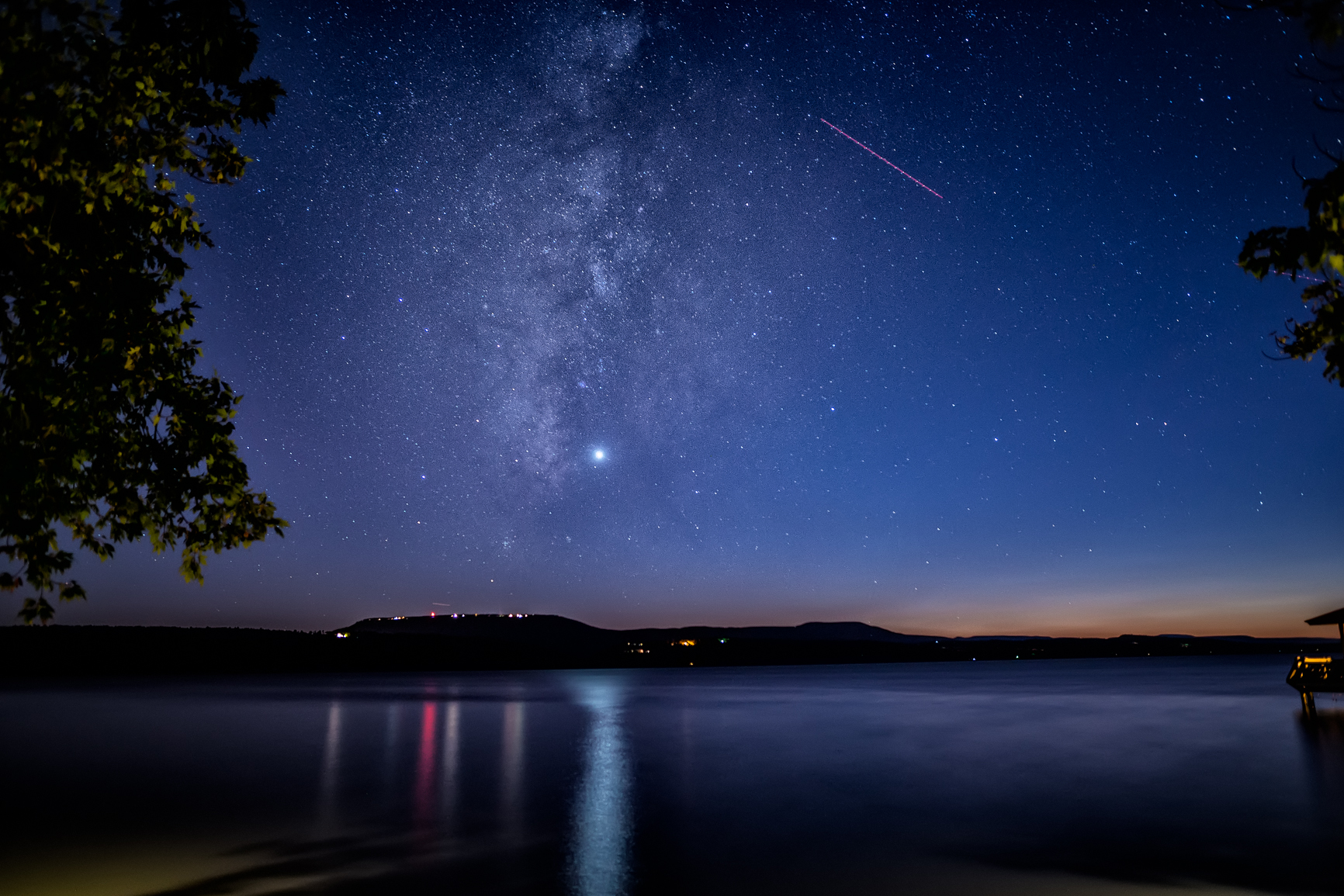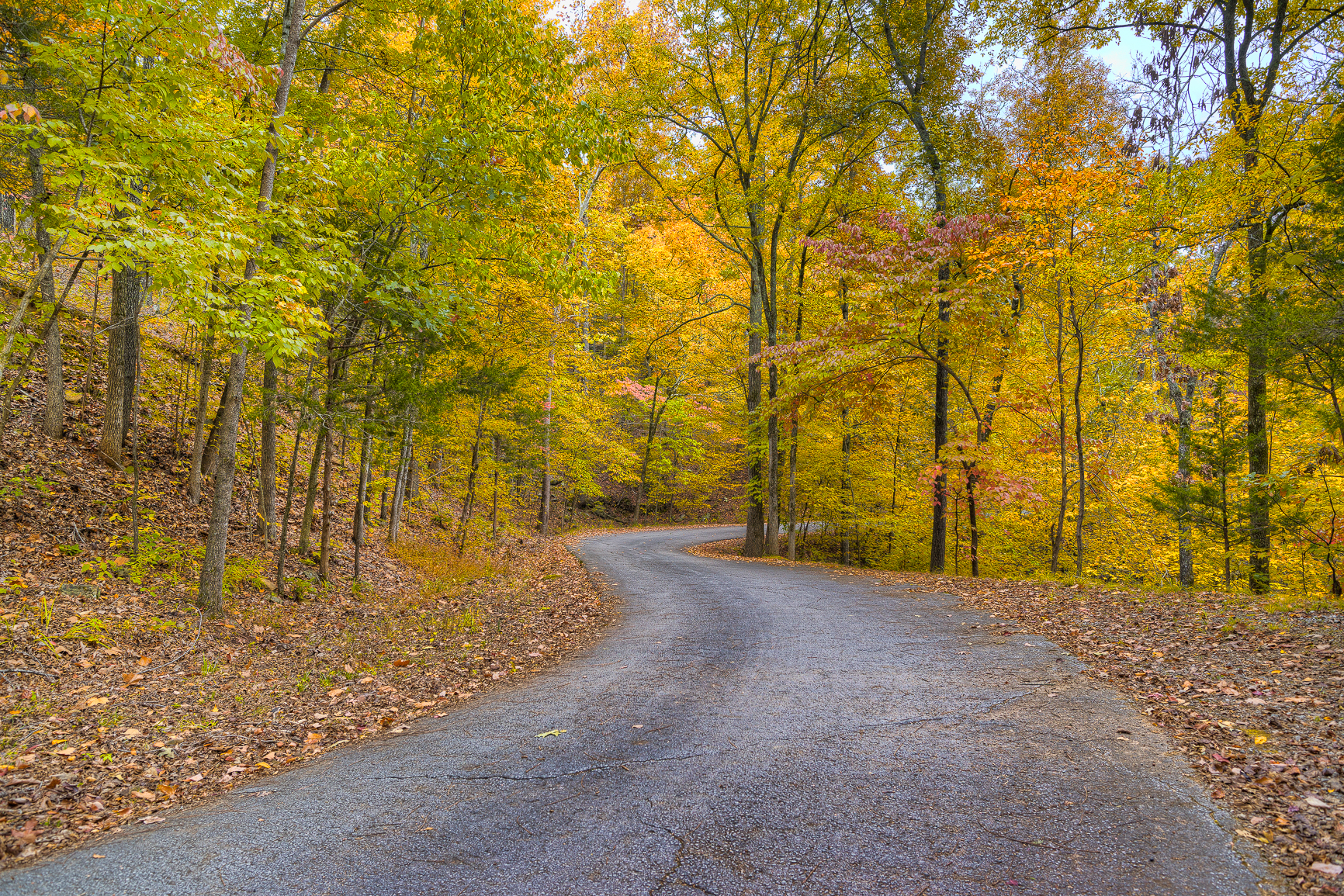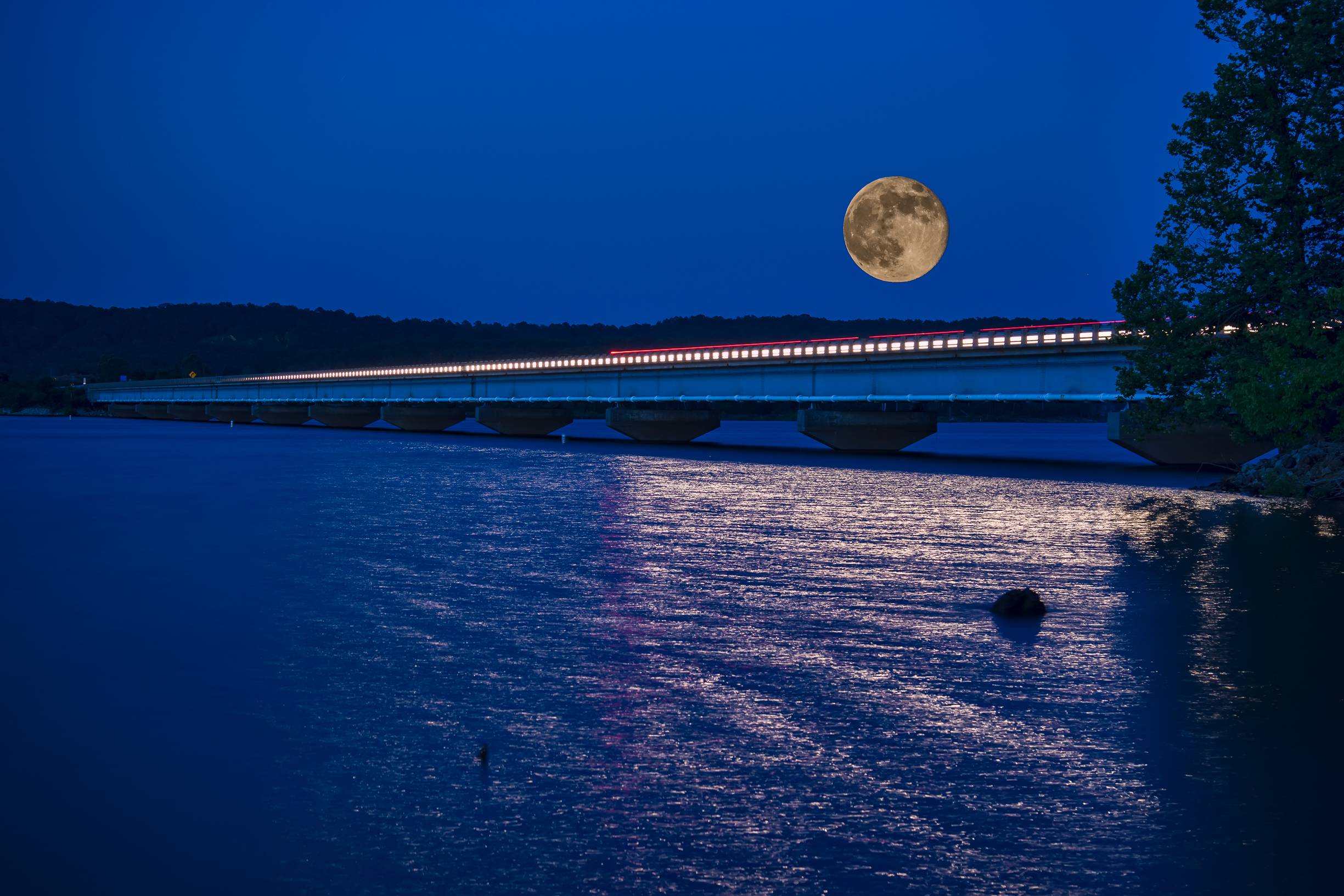One early November night, after yet another magical sunset at Lake Dardanelle, I was waiting for Venus to pop out on the western sky. Tired from chasing fall colors all day, my son had fallen asleep in the car when Venus decided to show up in all her glory. I was awestruck by her beauty and radiance and so seemed the entire galaxy.

Thanks to modern technology, what looked like the hint of Milky Way with my naked eye, turned into the most gorgeous display of pixie dust as I looked through the EVF (electronic viewfinder). The great thing about the EVFs is that it displays what the sensor sees (as opposed to the optical viewfinders that display what the eye sees). So for long exposures of the night sky like this, you enter a different world even before you’ve taken the shot. That, for me, infuses so much joy in photography that I would most likely never go back to an optical viewfinder.
Inspired? Go ahead and take a shot. Just remember to use manual focus, open up your lens to its widest aperture, crank up your ISO, and follow the rule of 600 (or 400 if you are shooting with an APS-C camera).
The rule of 600 or 400 helps you determine the maximum exposure you can set your camera to, before you will see star trails. As I was shooting with a 24mm lens on a full frame camera I divided 600 by 24 and that gave me 25. Which means the maximum possible exposure for me was 25 secs. To be safe I kept it at 20 and fired away.


